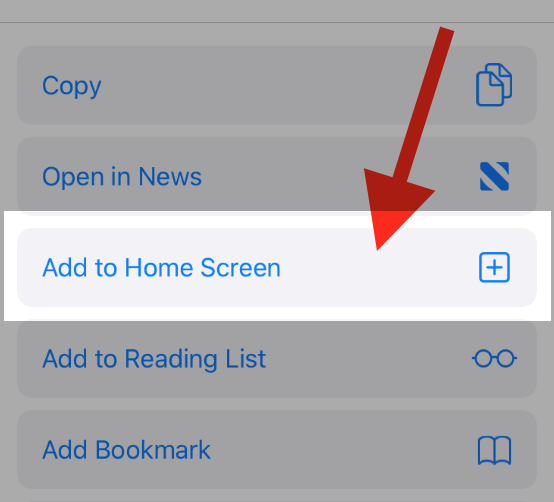
Tips for Migrating from Dynamics AX to Dynamics 365 for Finance and Operations
Here are the some tips for Migrating from Dynamics AX to Dynamics 365 for Finance and Operations
Understanding the Differences Between Dynamics AX and Dynamics 365
Before you start the migration process, it's important to understand the key differences between Dynamics AX and Dynamics 365 for Finance and Operations. Dynamics 365 for Finance and Operations is a cloud-based system that offers increased flexibility, scalability, and agility. It also includes many new features and capabilities that are not available in Dynamics AX. Understanding these differences will help you prepare for the migration process and make informed decisions about which features and capabilities to prioritize.
Conduct a Comprehensive System Audit
Before you start the migration process, it's important to conduct a comprehensive system audit. This will help you identify any potential issues or roadblocks that may arise during the migration process. Some key areas to focus on include data structures, customizations, integrations, and workflows. By conducting a thorough system audit, you'll be able to identify potential issues early on and address them before they become major problems.
Create a Detailed Migration Plan
Once you've completed your system audit, it's time to create a detailed migration plan. This plan should include a step-by-step guide to the migration process, including timelines, milestones, and key stakeholders. It should also include a contingency plan in case anything goes wrong during the migration process. By creating a detailed migration plan, you'll be able to ensure that the migration process goes smoothly and efficiently.
Develop a Training Plan for Users
One of the key challenges of migrating to a new system is ensuring that users are trained on how to use the new system effectively. To ensure a smooth transition, it's important to develop a comprehensive training plan for users. This plan should include training materials, training sessions, and ongoing support to help users adapt to the new system.
Test, Test, Test
Before you go live with your new system, it's important to conduct extensive testing. This will help you identify any potential issues or bugs that need to be addressed before the system is deployed to production. It's important to conduct both unit testing and integration testing to ensure that the system is working as intended.
Engage with Your Implementation Partner
Finally, it's important to engage with your implementation partner throughout the migration process. Your implementation partner can provide valuable insights and guidance to help you navigate the migration process. They can also provide technical support and help you address any issues that arise during the migration process.
Conclusion
Migrating from Dynamics AX to Dynamics 365 for Finance and Operations can be a complex and challenging process. However, by following these tips, you can help ensure a smooth and efficient migration process. Remember to conduct a comprehensive system audit, create a detailed migration plan, develop a training plan for users, test extensively, and engage with your implementation partner throughout the process.
Frequently Asked Questions:
-
What is Dynamics 365 for Finance and Operations?
Dynamics 365 for Finance and Operations is a cloud-based enterprise resource planning (ERP) system that isThat is designed to help businesses streamline their operations and increase efficiency. It offers a wide range of features and capabilities, including financial management, supply chain management, human resources, and more.
-
How does Dynamics 365 differ from Dynamics AX?
Dynamics 365 is a cloud-based system that offers increased flexibility, scalability, and agility. It also includes many new features and capabilities that are not available in Dynamics AX. Additionally, Dynamics 365 is designed to integrate more seamlessly with other Microsoft products and services.
-
How long does the migration process typically take?
The length of the migration process can vary depending on a number of factors, including the size of the organization, the complexity of the existing system, and the level of customization required. However, most organizations can expect the migration process to take several months.
-
What are some common challenges that arise during the migration process?
Some common challenges that can arise during the migration process include data migration issues, customization challenges, and user adoption issues. It's important to work closely with your implementation partner to address these challenges and ensure a successful migration.
-
How can I ensure that my users are adequately trained on the new system?
To ensure that your users are adequately trained on the new system, it's important to develop a comprehensive training plan that includes training materials, training sessions, and ongoing support. It's also important to involve key stakeholders in the training process and to provide users with opportunities to practice using the new system in a safe environment.
To help you easily migrate from Dynamics AX to Dynamics 365 for Finance and Operations, please do get in touch with us.
Subscribe to our Newsletter
Subscribe to our blog and unlock a world of valuable insights, expert advice, and exclusive content. Join our growing community of subscribers and stay ahead of the curve with the latest trends, tips, and strategies. Don't miss out on this opportunity to elevate your knowledge and enhance your success. Subscribe now and embark on a journey of continuous learning and growth!
Heading
To add this web app to your homescreen, click on the "Share" icon
![]()
Then click on "Add to Home"

To add this web app to your homescreen, click on the "Share" icon
![]()
Then click on "Add to Home"

It looks like your browser doesn't natively support "Add To Homescreen", or you have disabled it (or maybe you have already added this web app to your applications?)
In any case, please check your browser options and information, thanks!
It looks like your browser doesn't natively support "Add To Homescreen", or you have disabled it (or maybe you have already added this web app to your applications?)
In any case, please check your browser options and information, thanks!
